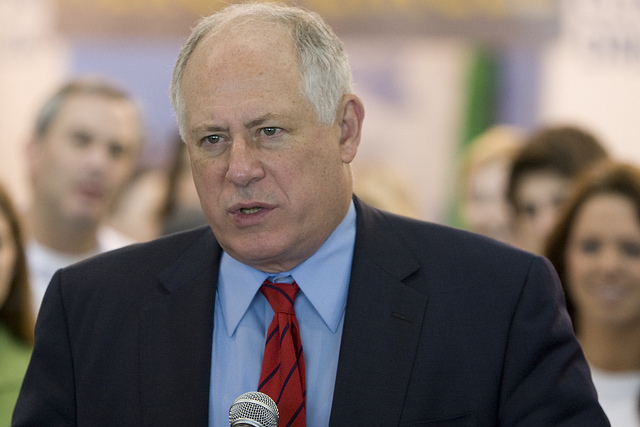New York University President John Sexton has been a polarizing figure the last few years, not only for the large exit bonuses he approved for outgoing staff but also for his own $800,000 pension.
He addressed his pension at a dinner and question-and-answer session last week with NYU students. On his pension, from NYU Local:
“After taxes, that’ll provide 400,000 dollars a year, which is a good income. I have about fifteen to twenty people that are depending upon me. And my one indulgence—you’ll notice if you look carefully that I don’t own a suit, and I wear TravelSmith or expandable waist pants—the one thing I do is try to travel to places and to try to extend that to not only my family but to others, and I’d like to have the latitude to do that. That doesn’t mean I will do it. It doesn’t prevent me from donating some of that salary.”
“It’s because I don’t have a savings account that I do need that money.”
“I’ve never asked for a particular salary.”
And on his retirement plans:
“Gordon [Brown] is the UN High Commissioner for Education. He’s spending his life, and he wants me to spend my life other than my teaching, trying to get education to the abjectly poor: slums of India, Haiti, sub-Saharan Africa. I think that’s probably what I’m gonna do.”
“I do these periodic reflections. I’ve done about eight or ten of them. They’re on my website. The one I’ve been working on [recently] is how you could create a system in the United States that found the most talented students, matched them with the right school, and made it possible for them to go there.”
The rest of the questions didn’t have anything to do with pensions or retirement, but his answers are worth reading nonetheless. Check out the story here.









